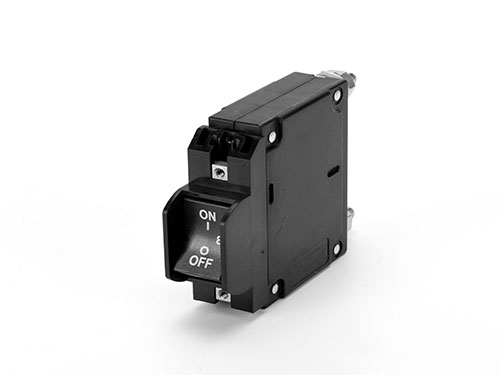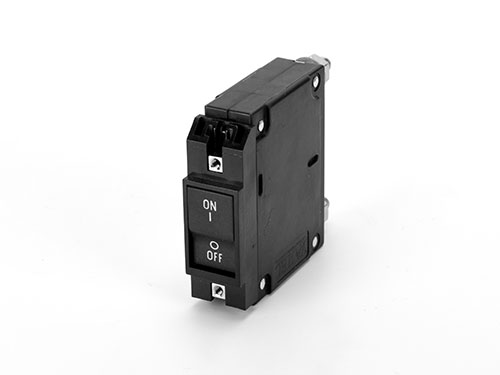Circuit Breaker is an automatic switching device used to protect circuits and equipment from overload and short circuit. When the current exceeds the safety limit, the circuit breaker automatically cuts off the power supply, thereby preventing fire and equipment damage. It is widely used in residential, commercial and industrial environments to ensure the safety and stability of the power system.
When choosing a suitable Circuit Breake, you can refer to the following key factors to ensure the safe, stable and efficient operation of the electrical system:
1. Rated current
When selecting the rated current of the circuit breaker, the actual needs of the load should be carefully evaluated. In general, the rated current of the selected circuit breaker should be greater than or equal to the maximum current of the load. Considering the potential current fluctuations and starting current, it is recommended to leave a certain margin on the rated value to avoid frequent tripping due to overload.
2. Type
· Single-pole, double-pole, three-pole or four-pole: Select the appropriate type according to the number of phases of the circuit and the specific application scenario. For example, a single pole is suitable for a single-phase circuit, while a three-pole can be used for a three-phase power system.
· Leakage circuit breaker: This type of circuit breaker is specially designed to protect personal safety and can effectively prevent electric shock accidents caused by leakage, especially when used in humid environments or outdoors.

3. Characteristic curve
Different load types require different characteristic curves. Choosing the right characteristic curve can improve the safety and efficiency of the circuit:
Type B: Suitable for small motors and lighting equipment, and can respond quickly to slight overloads.
Type C: Suitable for general industrial use, such as medium-sized motors, and adapt to larger starting currents.
Type D: Designed for motors and transformers with high current starting, it can handle high starting currents without misoperation.
4. Rated short-circuit breaking capacity
Make sure that the selected circuit breaker has sufficient short-circuit breaking capacity to quickly cut off the current in the event of a short circuit to protect electrical equipment and lines. When selecting, the short-circuit current level of the power supply should be considered, and ensure that the breaking capacity of the circuit breaker is higher than this value.

5. Environmental conditions
Consider the temperature, humidity and chemical corrosiveness of the installation environment. Choosing the right level of protection (such as IP rating) is key. For example, IP65 is suitable for outdoor and humid environments, while the ordinary IP20 is suitable for indoor dry environments. The impact of temperature on circuit breaker performance also needs to be considered. Some types of circuit breakers may perform poorly in high or low temperature environments.
6. Installation method
Confirm the installation method of the circuit breaker, such as rail mounting or panel mounting, to ensure compatibility with existing distribution boxes or busbars. Choosing the right installation method can facilitate subsequent maintenance and repairs and improve the operability of the overall electrical system.
7. Brand and certification
Choosing a well-known brand can reduce the failure rate and provide more reliable technical support. At the same time, ensure that the product meets relevant safety standards and certifications (such as CE, UL, etc.) to ensure its safety and reliability in actual applications.

8. Budget
Select circuit breakers reasonably according to the budget of the project. Finding the best balance between performance, brand and price will help maximize economic benefits. Although high-quality circuit breakers may be more expensive, they can reduce maintenance costs and failure risks in the long run.
9. Additional functions
Many modern circuit breakers also have additional functions, such as intelligent monitoring, remote control, and data logging. These functions can help users monitor power consumption in real time, improve equipment management efficiency, and prevent potential failures.
 English
English  한국어
한국어




